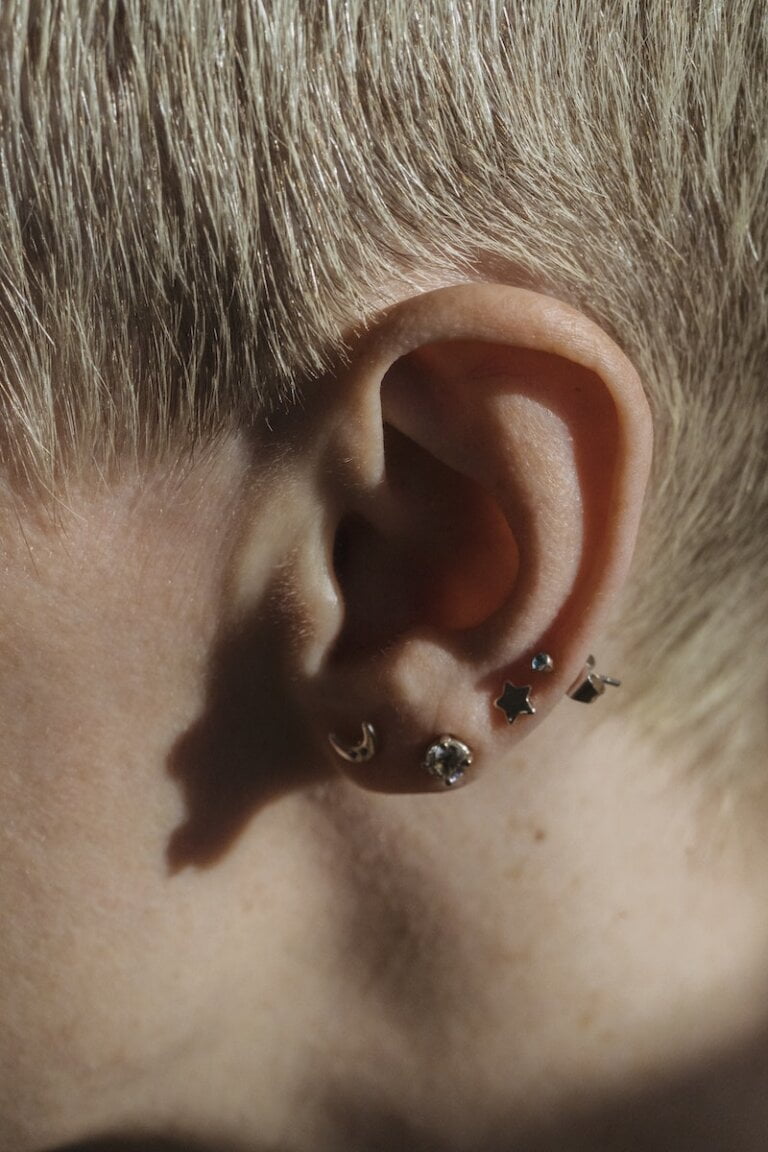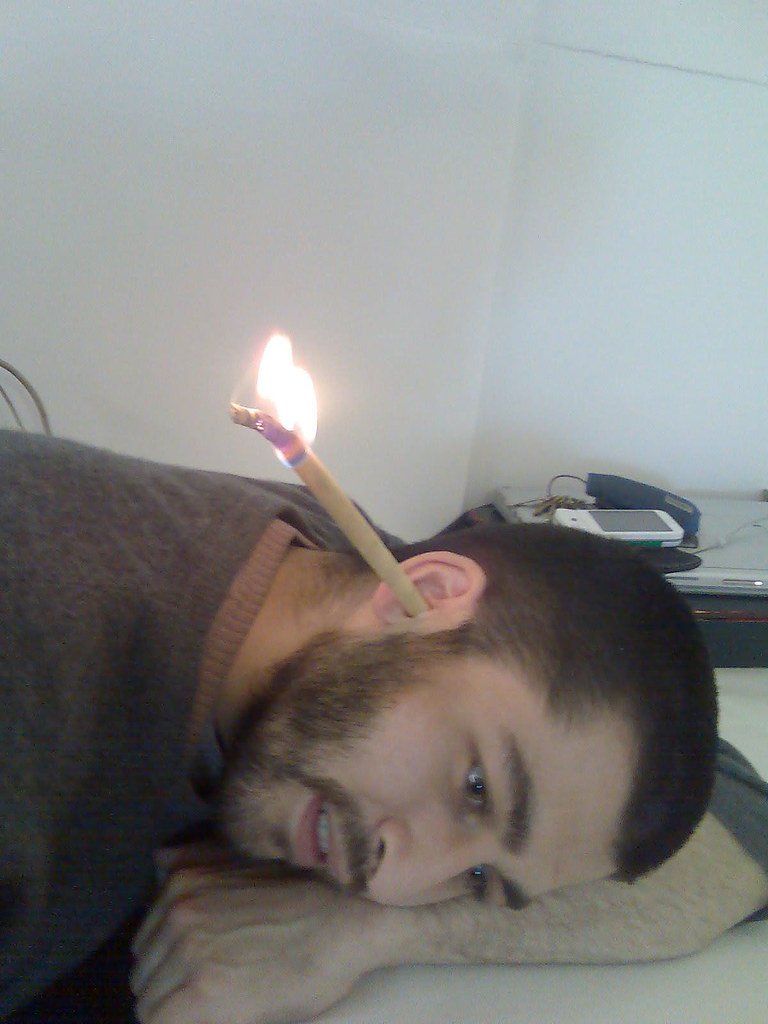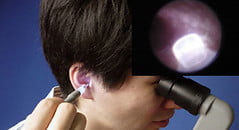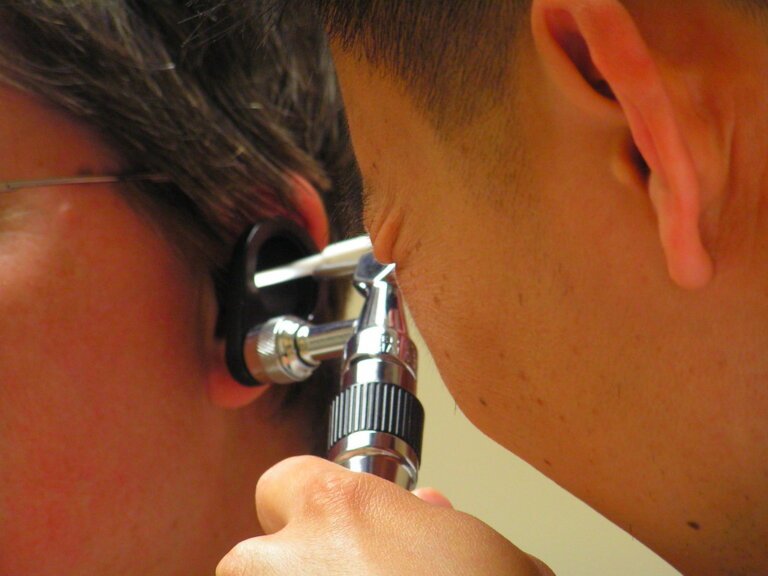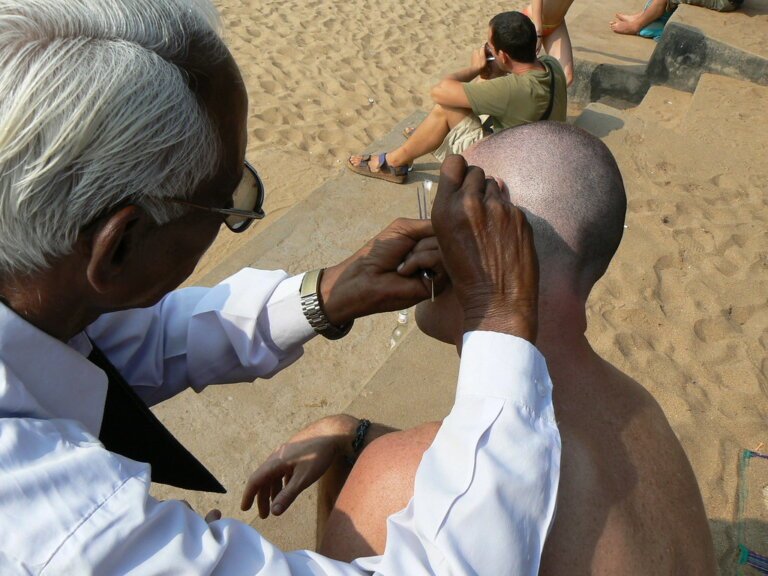The Importance of Certification in Ear Wax Removal
In the field of ear wax removal, certification plays a crucial role in ensuring the safety, competency, and effectiveness of practitioners. These certifications validate the knowledge and skills required to perform this delicate procedure, ensuring that patients receive the highest standard of care.
The Significance of Certification
Certification is essential in ear wax removal for several reasons:
1. Ensuring Safety:
Ear wax removal involves the use of specialised tools and techniques to gently remove wax from the ear canal. Without proper certification, practitioners may lack the necessary understanding of anatomy, hygiene protocols, and effective procedures. Certification acts as a guarantee that practitioners have undergone rigorous training and are well-versed in the safe and proper techniques of ear wax removal.
- Proper understanding of anatomy: Certification ensures that practitioners have a deep understanding of the anatomy of the ear. This knowledge is crucial in identifying the structures of the ear and avoiding any potential damage during the removal process.
- Adherence to hygiene protocols: Certification emphasises the importance of maintaining strict hygiene protocols during ear wax removal. Certified practitioners are trained in infection control measures, such as proper handwashing, use of sterilised or disposable instruments, and maintaining a clean environment, to minimise the risk of infection or complications.
- Effective procedures: Certification provides practitioners with evidence-based techniques and best practices for ear wax removal. Certified practitioners are equipped with the knowledge of various methods, such as irrigation, suction, or manual instruments, and can choose the most appropriate technique based on the patient’s condition and preferences.
2. Demonstrating Competency:
Certification in ear wax removal provides an objective measure of a practitioner’s competency in this field. These certifications assess the practitioner’s knowledge, practical skills, and ability to handle various scenarios. By holding such certifications, practitioners can demonstrate their expertise and build trust with patients, healthcare professionals, and regulatory bodies.
- Knowledge assessment: Certification often includes comprehensive written exams to evaluate a practitioner’s understanding of ear anatomy, physiology, and related topics. This assessment ensures that certified practitioners have a solid foundation of knowledge to perform the procedure safely and effectively.
- Practical skills evaluation: In addition to theoretical knowledge, certification will also require practitioners to demonstrate their practical skills through simulated scenarios or supervised practical exams. This evaluation ensures that practitioners can handle different cases, adapt to unexpected situations, and deliver appropriate care.
- Continuing education: Certification often requires practitioners to participate in ongoing professional development activities to maintain their certification. This commitment to lifelong learning ensures that certified practitioners stay updated with the latest advancements, techniques, and research in the field of ear wax removal.
3. Ensuring Quality of Care:
International certifications set a benchmark for the quality of care provided in ear wax removal. Patients can have peace of mind knowing that their practitioner has met stringent standards and follows best practices. These certifications foster patient confidence, as they can trust that the practitioner’s techniques are safe, effective, and up to date with the latest advancements in the field.
- Standardised guidelines: Certifications are based on established guidelines and protocols for ear wax removal. Certified practitioners adhere to these guidelines, ensuring consistency and quality in their approach to the procedure.
- Latest advancements: Certified practitioners are expected to stay informed about the latest advancements in manual instrument ear wax removal. They are encouraged to attend conferences, workshops, and engage in professional networks to keep up with emerging techniques, technologies, and research.
- Quality assurance: Certification bodies often have mechanisms in place to monitor and maintain the quality of their certified practitioners. This may include periodic audits, peer evaluations, or continuing education requirements. These measures ensure that certified practitioners are held accountable for delivering high-quality care to their patients.
Benefits of Certified Practitioners
Choosing a certified practitioner for ear wax removal offers several benefits:
- Peace of Mind: Knowing that their practitioner is certified provides patients with peace of mind. They can trust that the practitioner follows standardised guidelines, stays updated with the latest advancements, and prioritises patient safety and satisfaction.
- Recognition and Trust: Certified practitioners gain recognition and trust from both patients and other healthcare professionals. This recognition can lead to increased referrals, as patients feel more confident in choosing a certified practitioner for their ear wax removal needs.
- Referral from healthcare professionals: Certified practitioners often collaborate with other healthcare professionals, such as primary care GPs, who may refer patients in need of ear wax removal. These professionals trust certified practitioners’ expertise and recognise the value of their certifications.
- Positive patient experiences: Certified practitioners prioritise patient safety and satisfaction, leading to positive experiences and outcomes. Satisfied patients are more likely to recommend the certified practitioner to others, further enhancing their reputation.
Choosing a Certified Practitioner
When selecting a practitioner for ear wax removal, consider the following steps:
- Check Credentials: Verify the practitioner’s certifications and credentials by asking for proof. This step is crucial to ensure that the practitioner indeed holds the claimed certification and has met the necessary requirements.
- Read Reviews and Testimonials: Look for reviews and testimonials from previous patients to gain insights into the practitioner’s expertise, professionalism, and patient satisfaction. Positive reviews from satisfied patients can indicate a practitioner’s competence and reliability.
- Consultation and Questions: Schedule a consultation with the practitioner to discuss your needs, concerns, and expectations. During this consultation, feel free to ask questions about their certifications, experience, and approach to ear wax removal. A certified practitioner will be happy to address your queries and provide reassurance.
- Experience and success rate: Ask the practitioner about their experience in performing manual instrument ear wax removal procedures. Inquire about the number of cases they have handled and their success rate in achieving positive outcomes.
- Approach to patient care: Discuss the practitioner’s approach to patient care and their commitment to safety and satisfaction. Inquire about their communication style, willingness to address concerns, and ability to personalise the procedure based on individual needs.
In conclusion, certification in ear wax removal is of utmost importance. This ensures safety, competency, and the highest quality of care for patients. By choosing a certified practitioner, patients can have peace of mind, knowing that their ear wax removal is performed by a knowledgeable and skilled professional.
At Hearing First, our ear wax removal clinics are staffed by registered Audiologists who specialise in ear wax removal. You can trust that we have in-depth knowledge of audiology principles and techniques with a comprehensive understanding of the ear and associated conditions. Hearing First encourage collaboration between audiologists and other healthcare professionals involved in ear care. This interdisciplinary approach ensures comprehensive and coordinated care for our patients.


